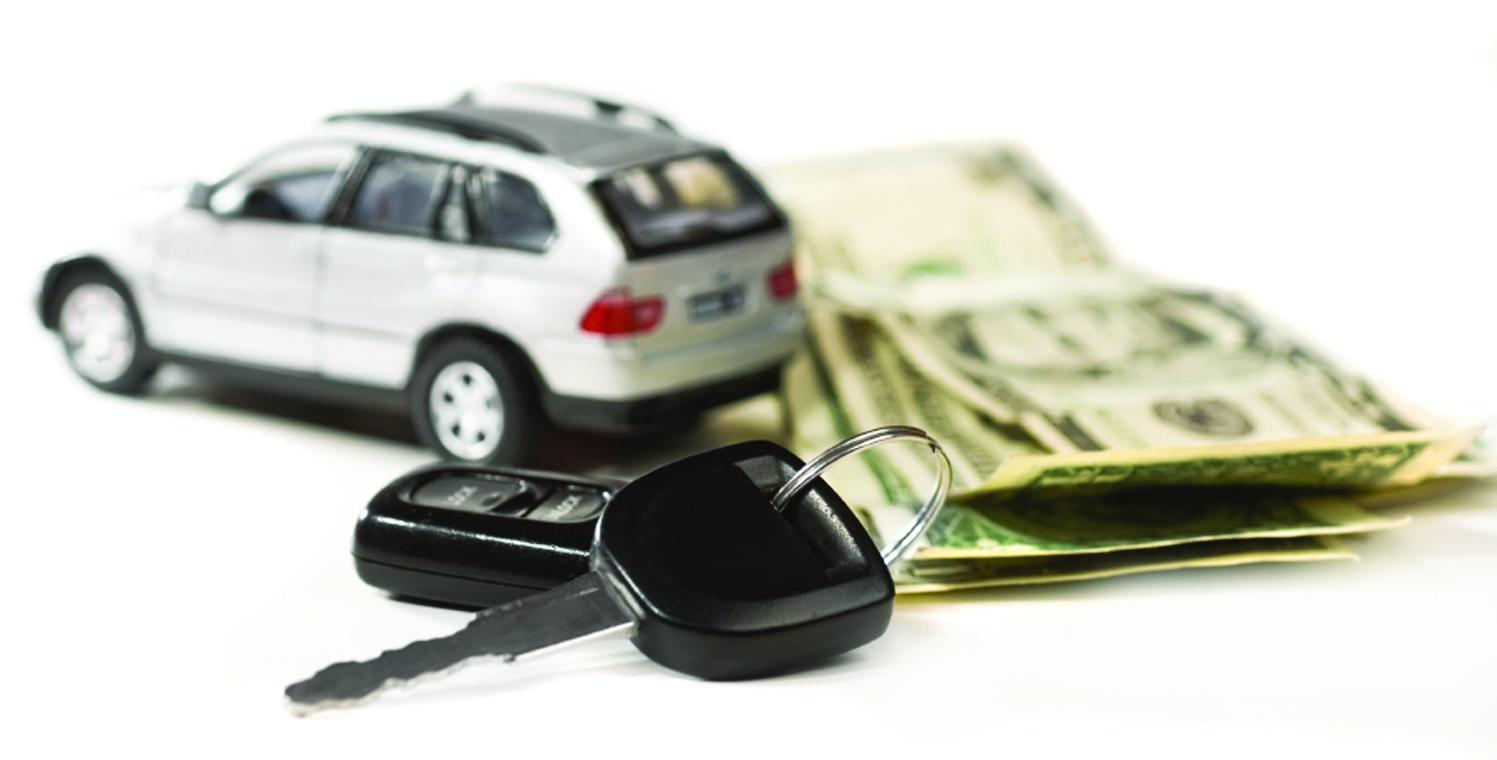
Auto Loans: Direct Lending vs. Dealership Financing
According to the Federal Trade Commission, average prices for a car purchase are more than $31,000 for a new model and $17,000 for a used model. Since a majority of consumers can’t afford to pay cash, most buyers end up with an auto loan to cover at least part of the purchase price. In this case, consumers will typically have two financing options to choose from.
The first option to consider is a direct lending arrangement, where the buyer receives a loan directly from a financial institution, such as a bank, credit union or finance company. In a direct lending scenario, you can shop around for rates and get preapproved for an amount before you begin your search at the dealership. This can be useful because it may help solidify your budget before you begin test-driving vehicles, ensuring you won’t waste time on something outside your price range. Direct lending also allows you to shop around and choose the lender with the best terms.
The second option to consider is dealership financing, where you will receive a loan directly from the dealer. In this case, you’ll pay the principal amount owed and interest charges, just like in a direct lending arrangement, but you’ll likely also be subject to a dealership finance charge. This can be a convenient option for buyers, especially given dealerships’ long hours of operation and the ability to complete all the paperwork on-site in the dealer’s finance office. Occasionally, dealerships also offer special financing programs, like manufacturer incentives, that aren’t available to buyers through direct lending.
It can be tricky to determine which option is best for you, but savvy consumers who comparison shop not just for a vehicle but for the loan terms, too, will be rewarded with financially sound purchases to complement their new ride.
Image via Flickr/anilsurma
